Home » Dane County Extension Horticulture » Green Thumb Gardening Classes » Green Thumb Gardening – Fall Series
Green Thumb Gardening – Fall Series
The Green Thumb Gardening Fall Series will help you bring color to your fall garden and prepare you for a successful spring. Classes cover a wide range of autumn-themed and other topics from ornamental grasses, to bulbs, to getting the garden ready for winter. All gardeners from the novice to the experienced are welcome.
Check back later for fall 2026.
Spring Bulbs
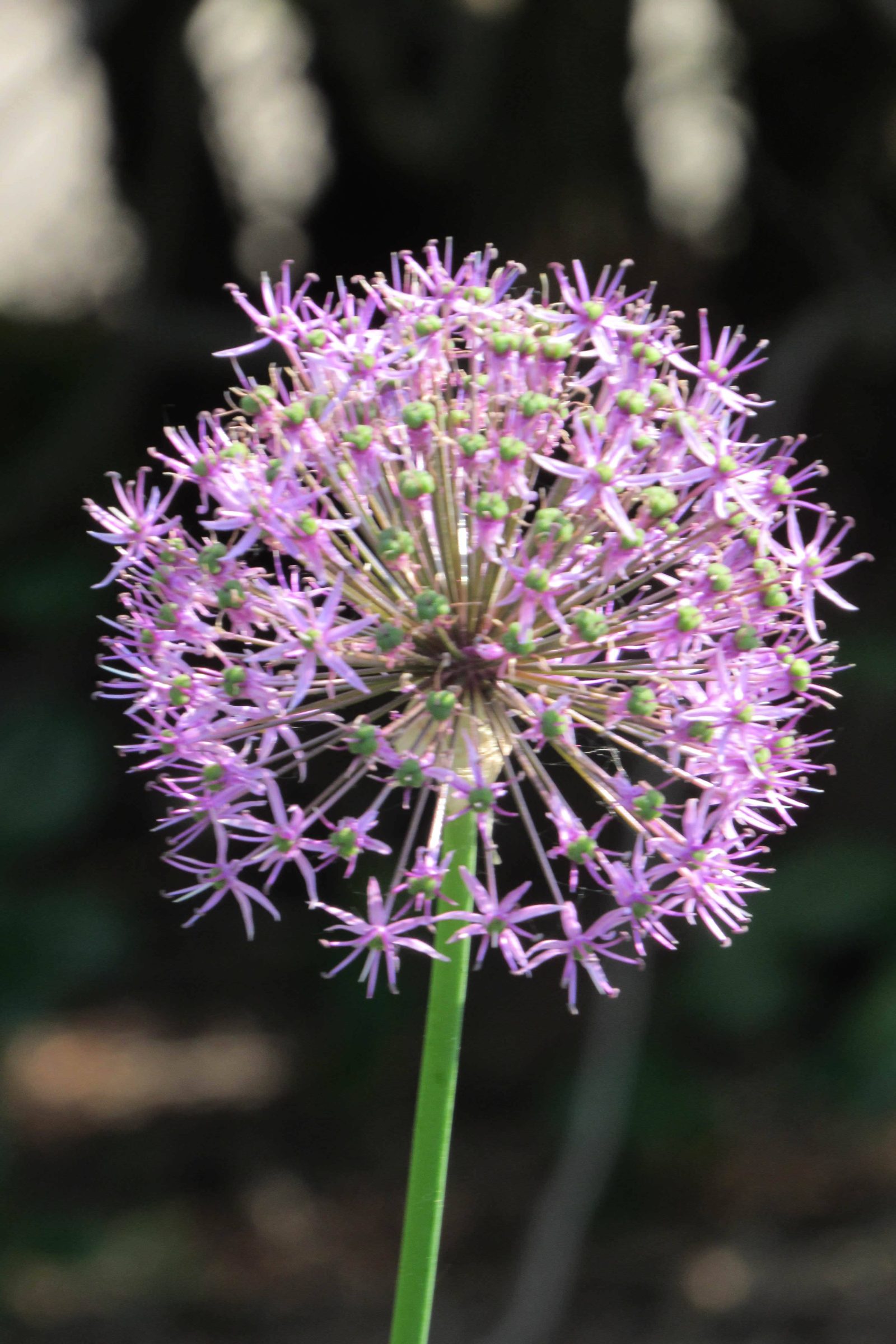
This talk goes beyond tulips and daffodils (although they are covered as well) and focuses on perennial bulb and corm species that don’t get as much attention but are stellar garden plants, such as crocus, Puschkinia, Chionodoxa, and alliums. We will also discuss deterring critters that eat bulbs, and general bulb care.
Ornamental Grasses, Sedges, and Rushes
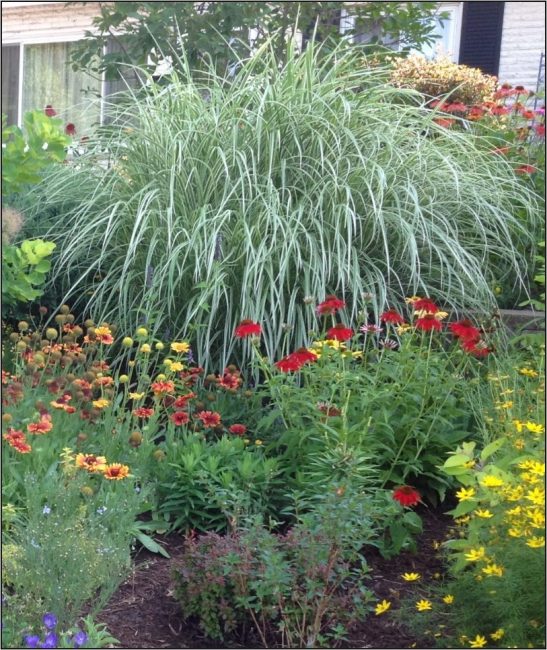
There are many beautiful species from tall to small, and clumping habits to sod-formers to choose from. There are species that can grow in a variety of situations—from shade to sun—as well. We will cover native and non-native species and cultivars, planting, propagation, and maintenance.
Woody Plants for Fall Fireworks: Choosing Deciduous Woody Plants With Great Fall Color
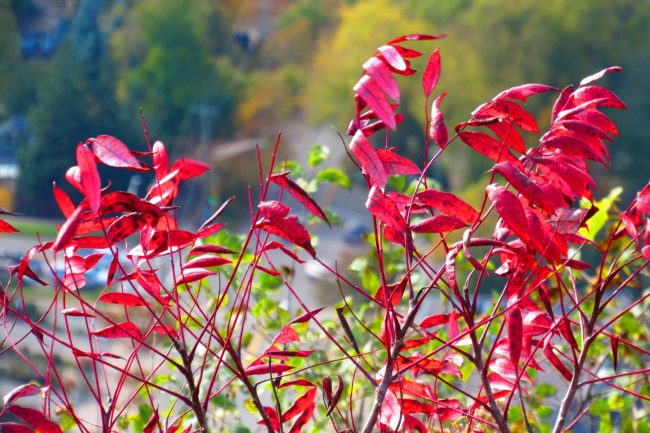
People tend to think about maple trees when they think about fall color, and beautiful maples certainly abound. But there are many other trees and shrubs that also provide plenty of fall interest. Tree and shrub diversity is important in a healthy, resilient landscape, so while we will talk about maples, we will cover other great species as well.
Soils, Soil Testing, and Fertilizers
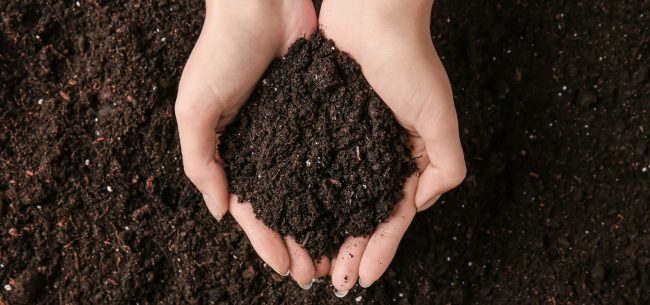
Good soils are vital to growing healthy plants. This class will present information on the physical and chemical structure of soils and introduce techniques for improving the soil you have. We will also cover information about soil testing and interpreting test results. There will be a short activity on understanding and selecting fertilizer products—both organic and traditional—as well.
Small Native (and Nativar) Trees and Shrubs

Learn about native shrubs and trees that support a diverse ecosystem and look great in your yard. We will also cover nativars, which are cultivated selections of native plants selected for smaller size, better structure, larger or more abundant flowers, more reliable fall color, larger fruits, and more.
Getting the Garden Ready for Winter
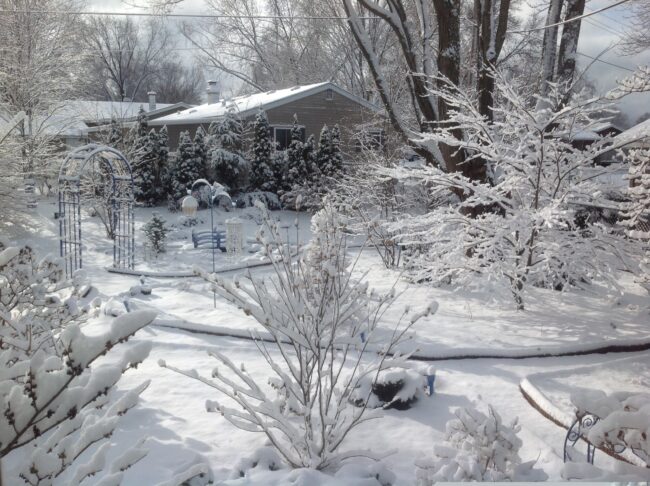
Gardeners love summer. But as the old saying goes, “all good things must come to an end,” so too for the gardening season. You may ask yourself, “Now what should I do?” Should I rake the leaves or let them sit on the yard? Should I aerate or thatch the lawn before winter? How should I protect my shrubs and new trees from winter wildlife? All these questions and more will be addressed in this presentation.
Native Plants and Pollinators
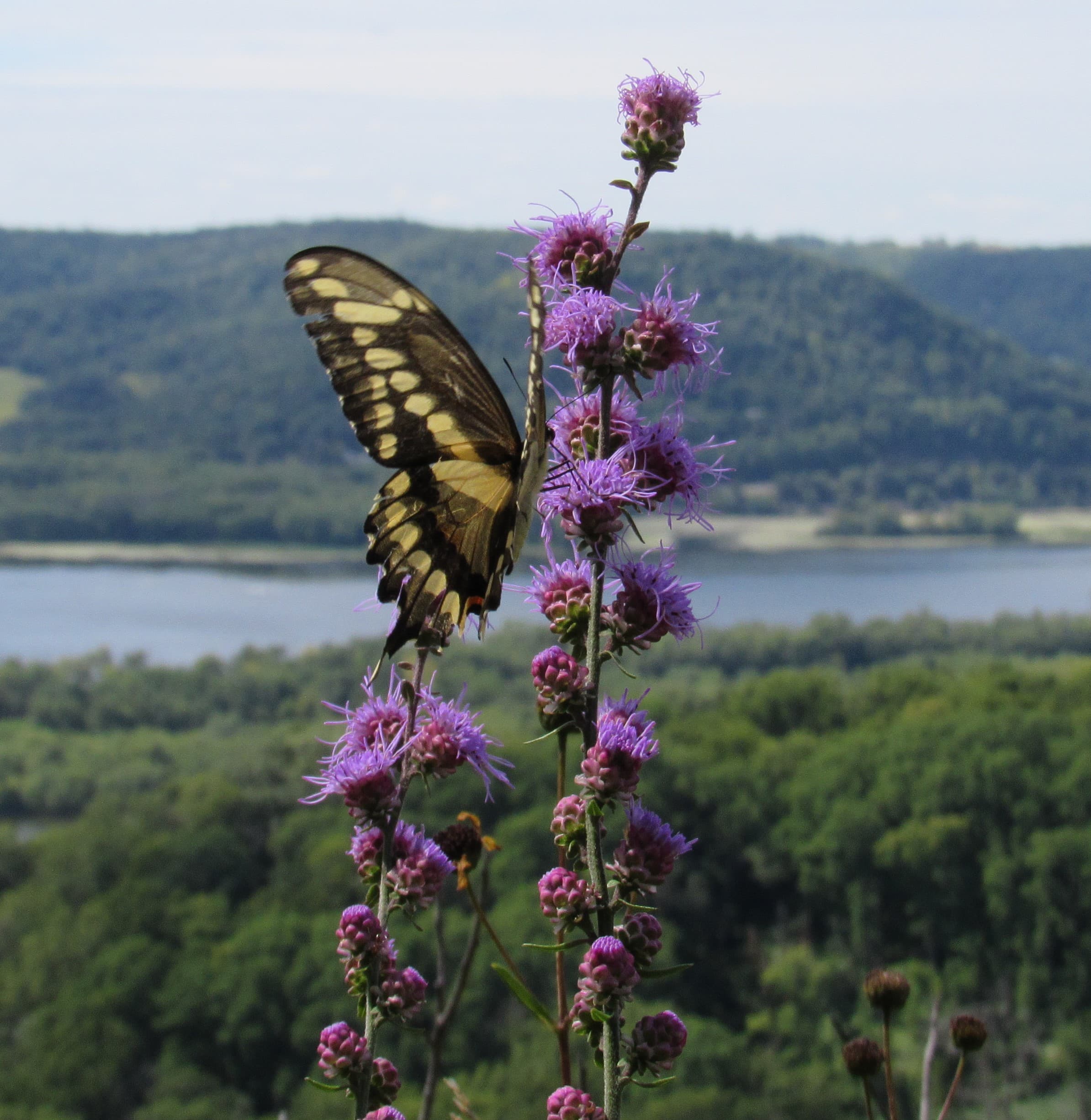
This session will focus on groups of insect pollinators and how you can attract and support them by growing various native and nativar plants. You will get an electronic version of the PowerPoint presentation that gives details on the cultural needs of a number of native plants to aid in selection if you are planting.
Made in the Shade: Shade Perennials
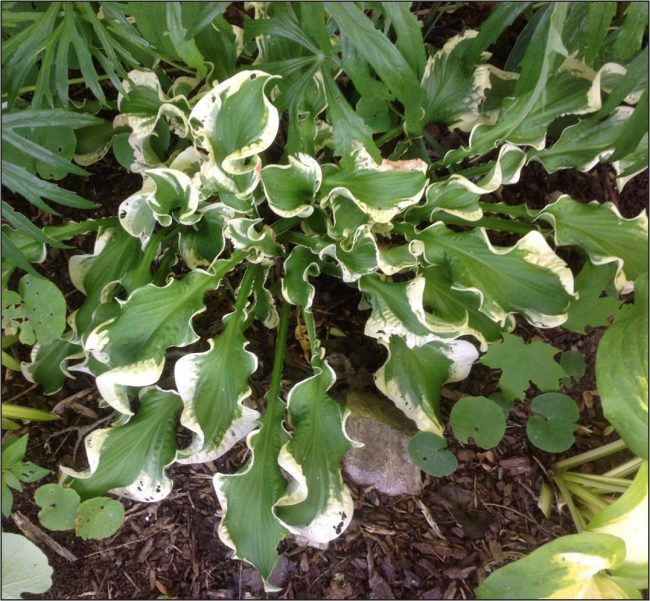
Learn about herbaceous perennial plants (native and non-native) that will thrive in light, medium, and deep shade—as well as general care, propagation, and maintenance. We will also discuss plants that tolerate dry shade and wet shade.
Strawberries, Raspberries, and Blueberries
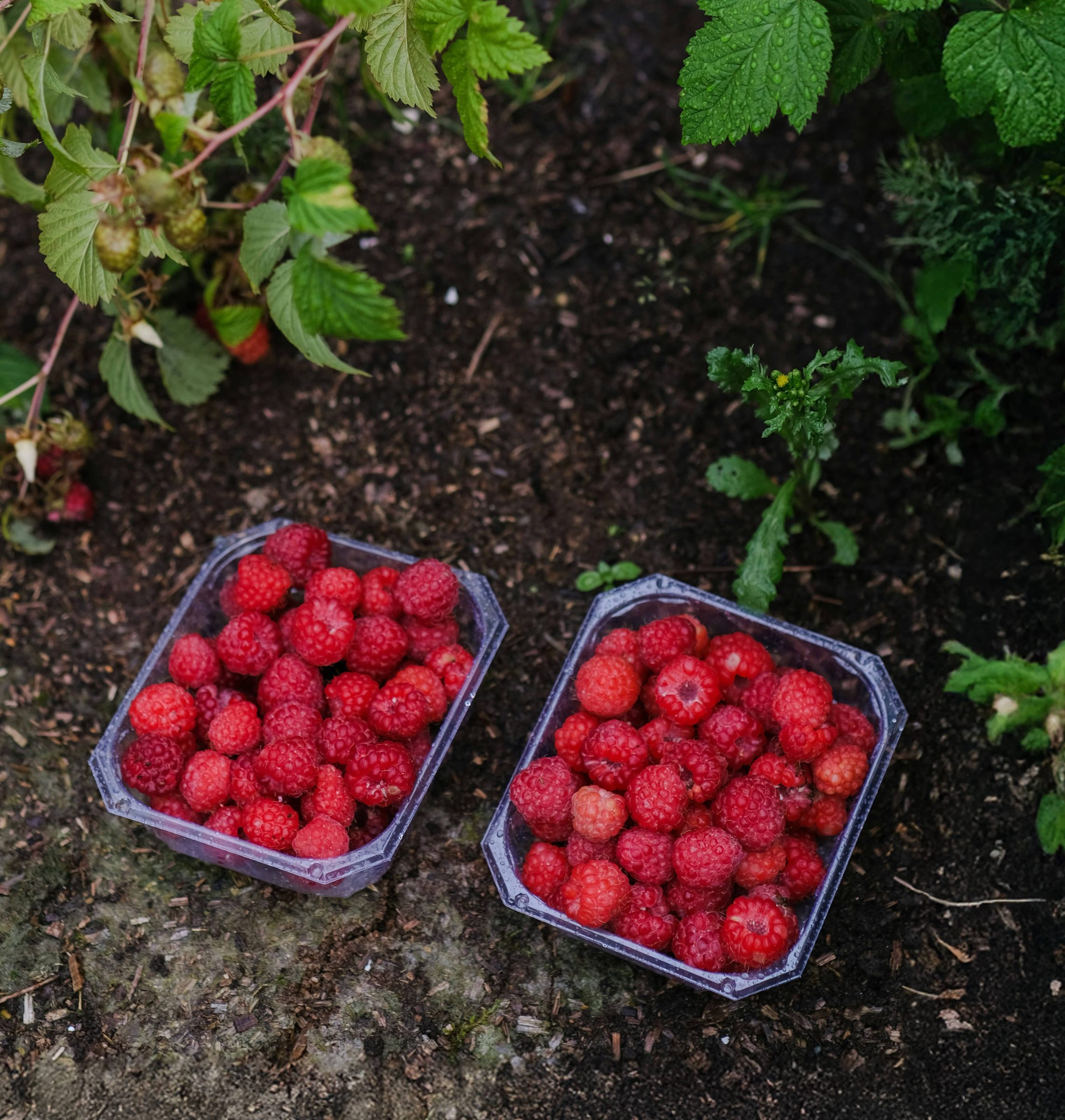
Learn about planting, fertilizing, pruning, and overwintering these three types of fruit crops. Variety recommendations, insect/disease management, and some troubleshooting will be included as well.
Gardening With Climate Change in Mind: Trends, Adaptations, and Shrinking Your Garden Carbon Footprint
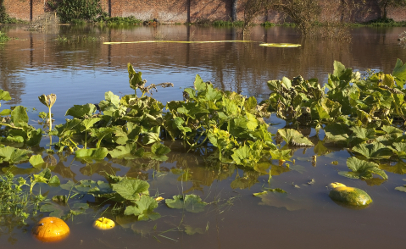
Are you having trouble adapting your gardening to the unpredictable weather patterns that are a hallmark of climate change? The first part of this presentation reviews the interconnected causes of climate change, patterns we are observing now, and projected climatic trends for the upcoming few decades. The second part includes a number of place-based suggestions for strategies to make personal landscapes more resilient to weather trends and ways to shrink your carbon footprint in the garden. The many small actions of gardeners as a group can help with solutions for climate change effects.




